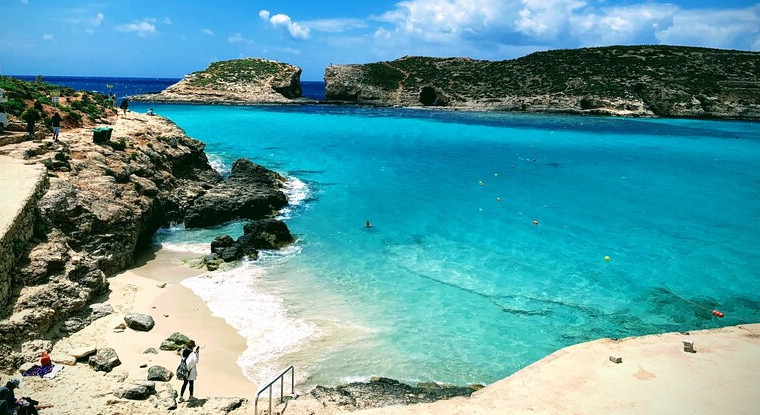Saint Julian’s, Malta
Saint Julian’s, Malta
A city with an unique mix of cultures
Saint Julian’s is one of the most popular and multicultural cities in Malta. It is a unique and fascinating destination that provides an excellent base for exploring the rest of Malta. The city and the entire island are home to important historical and cultural sites, but also some of the most stunning beaches of the Mediterranean Sea. Its history of occupations and colonisation by many different countries made this island incredibly diverse in its architecture, traditions and food.
Saint Julian’s is also a great place to enjoy the Mediterranean lifestyle, with plenty of cafes, restaurants, and bars.
Please, read our guide about how to get in and around Saint Julian’s.

Course dates in Saint Julian’s
You can filter courses based on arrival or departure dates within the selected months.